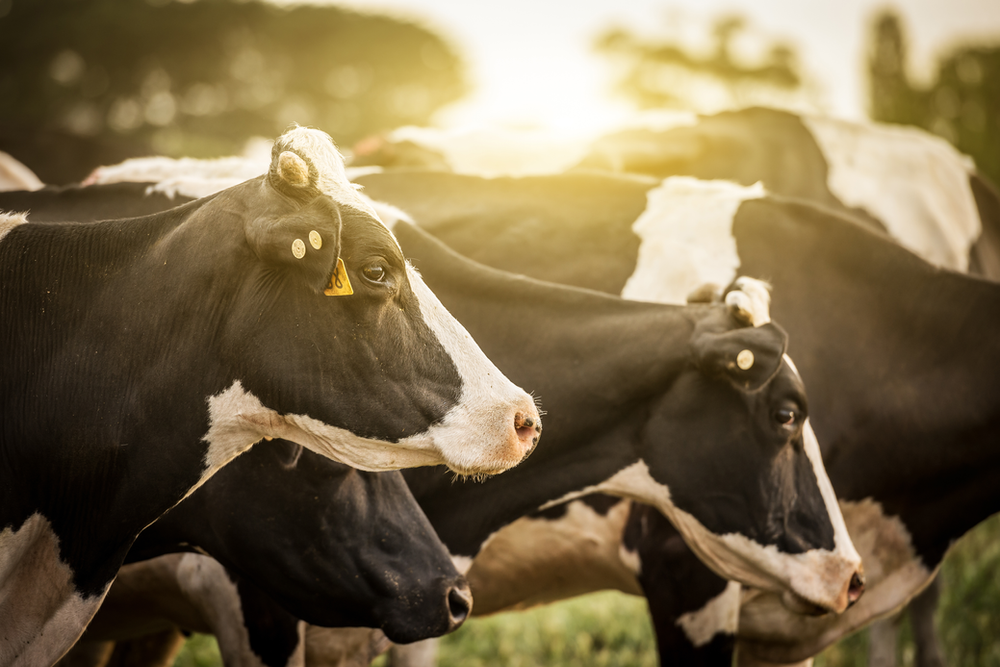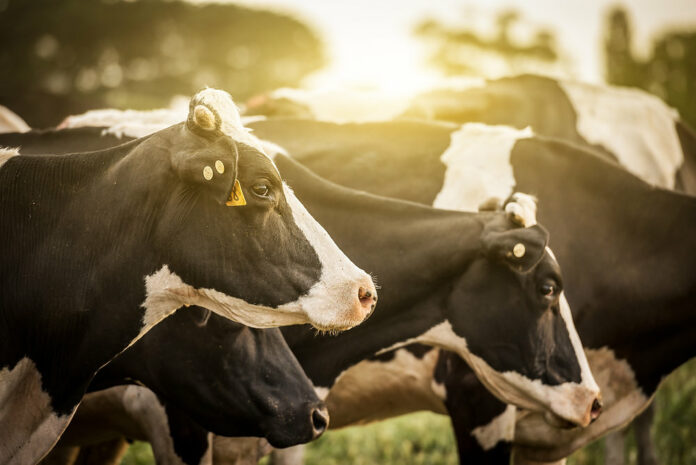
As the sun sets over the rolling hills and the cattle graze peacefully in the meadows, it’s easy to appreciate the timeless beauty of ranching. For generations, ranchers have been stewards of the land, providing us with not only delicious beef but also a glimpse into a way of life that’s deeply rooted in tradition and a profound connection to the environment. In today’s world, where sustainability is a growing concern, ranchers can play a crucial role in preserving the land they love through sustainable grazing practices. In this blog, we’ll delve into the Rancher’s Guide to Sustainable Grazing Practices, exploring the benefits, techniques, and the essential role ranchers play in environmental conservation.The Importance of Sustainable GrazingSustainable grazing is not just a buzzword; it’s a vital approach for ranchers who wish to ensure the long-term health of their land, their cattle, and the environment. Sustainable grazing practices help maintain healthy pastures and ecosystems, reduce the environmental impact of ranching, and enhance the overall well-being of the animals in your care.Healthy Pastures: Overgrazing can lead to soil erosion, reduced plant diversity, and degradation of the land. Sustainable grazing practices, on the other hand, ensure that pastures remain lush and fertile by allowing plants to recover and regenerate.Environmental Impact: Sustainable grazing practices can mitigate the environmental footprint of ranching. By preventing soil erosion and minimizing water pollution, ranchers contribute to healthier ecosystems and cleaner water sources.Animal Welfare: Well-managed grazing practices ensure that cattle have access to fresh forage and clean water, which directly impacts their health and well-being.Economic Benefits: Sustainable grazing practices can also benefit ranchers economically. By maintaining healthy pastures, ranchers reduce the need for costly inputs like supplemental feed and can even increase the carrying capacity of their land.
Techniques for Sustainable GrazingTo implement sustainable grazing practices on your ranch, consider the following techniquesRotational Grazing: Divide your pasture into smaller sections and rotate cattle through them. This allows for periods of rest and recovery for the land and helps maintain healthy forage.Stocking Density: Adjust the number of cattle in a pasture based on its carrying capacity. Avoid overstocking, as it can lead to overgrazing and land degradation.Water Management: Ensure that cattle have access to clean water sources to maintain their health and encourage even grazing distribution.Fencing and Corrals: Properly constructed fencing and corrals can help manage cattle movement, reducing the risk of overgrazing in one area.Monitoring and Record-Keeping: Regularly assess your pastures, record data on forage growth, and adjust your grazing management plan accordingly.The Rancher’s Role in Environmental ConservationRanchers are not just livestock producers; they are stewards of the land. By implementing sustainable grazing practices, they contribute to environmental conservation and protect the ecosystems they rely on. Ranchers can also engage in additional initiatives to further promote sustainability:Wildlife Habitat Preservation: Set aside areas for wildlife habitats and conservation. These spaces provide essential ecosystems for native flora and fauna.Education and Outreach: Share your knowledge of sustainable grazing practices with other ranchers and the public. Raising awareness can inspire positive change in the industry.Collaboration: Partner with conservation organizations and governmental agencies to access resources, funding, and technical assistance for sustainable ranching practices.The Rancher’s Guide to Sustainable Grazing Practices is not just a manual for maintaining a successful ranch; it’s a call to action for preserving the land, wildlife, and traditions that make ranching so special. By adopting and promoting sustainable grazing practices, ranchers can continue to thrive and leave a lasting legacy for generations to come. Sustainable ranching is more than just good business; it’s a commitment to the land and a testament to the enduring spirit of the American rancher.
The Rancher’s Guide to Sustainable Grazing Practices
